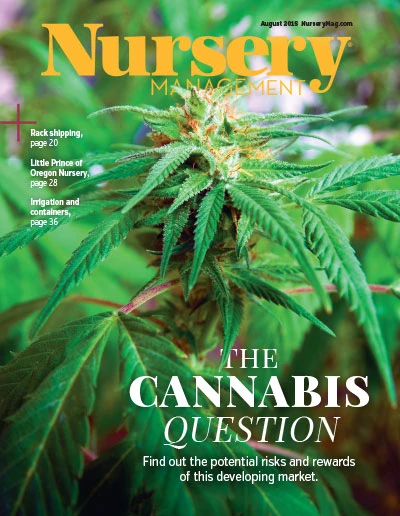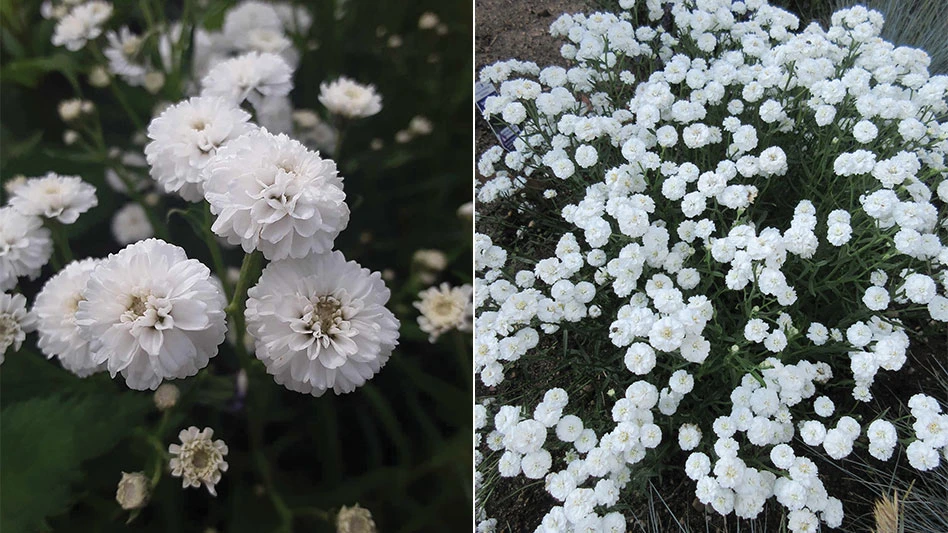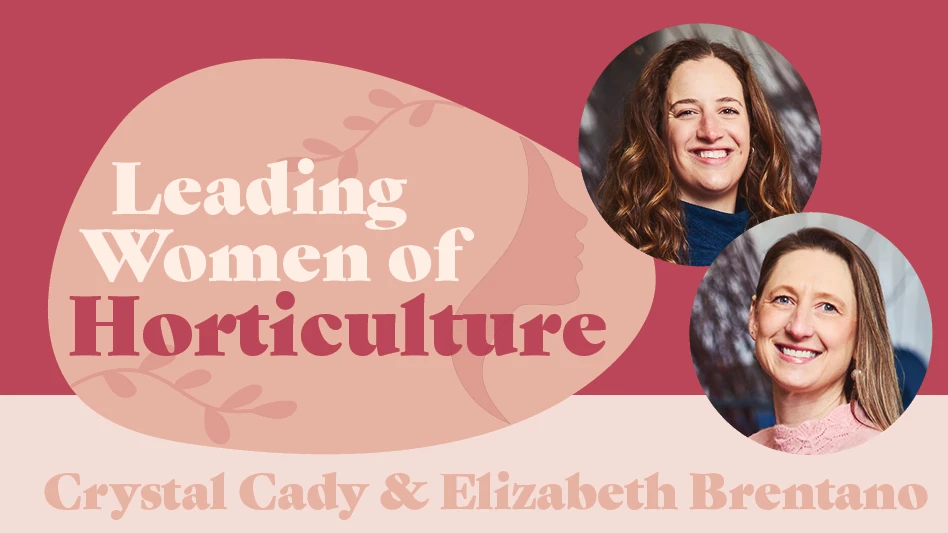 Green infrastructure and the discussions revolving around how to add ecological functionality to new and existing development directly impacts the green industry. This market is on the verge of shifting the role plants play in the human environment. Opportunities for nursery growers will continue to evolve over the next decade as infrastructure is overhauled to accommodate a growing urban population.
Green infrastructure and the discussions revolving around how to add ecological functionality to new and existing development directly impacts the green industry. This market is on the verge of shifting the role plants play in the human environment. Opportunities for nursery growers will continue to evolve over the next decade as infrastructure is overhauled to accommodate a growing urban population.
Plants are the solution. The use of vegetation, soils and natural processes to manage water and create healthier environments is at the heart of green infrastructure. From an urban standpoint, green infrastructure refers to the patchwork of planted areas that provide habitat, flood protection, and a means to clean the air and runoff water. But when you get into the details of what plant material is accepted, the desired growing media, plant size and more, the discussion becomes a bit polarizing. A new market is emerging and plant producers haven’t been well informed of the necessities.
“The emerging science of urban ecology — disciplines like conservation ecology and wildlife biology — are recommending plants for functional landscapes. Horticulture needs a seat at that table,” explains Debbie Hamrick, specialty crops director at the North Carolina Farm Bureau Federation. “There’s an opportunity now as an industry to enter the discussions that are happening within the engineering, urban planning, landscape architecture, water utility, ecology and political communities. ”
The knowledge and experience represented by the green industry is paramount for green infrastructure to succeed. The nursery industry needs to better understand how its inventory reflects this growing demand.
“Specifications for planting plans generally call for native species, many times straight species, not horticultural selections,” Hamrick says. “There is a large demand for shrubs, grasses, trees and perennials, however these plant selections are being framed around the issue of managing water.”
This doesn’t mean that green infrastructure design cannot incorporate plants that have aesthetic value, however the language of ornamental producers needs to evolve. Instead of exclusively highlighting flower color, seasonality and foliage attributes, consider featuring the functionality the plant provides. It is predicted that green infrastructure will soon be the driving force behind plant production.
We have to listen to what other disciplines are saying about plants. We also need to recognize that we possess valuable information for making these systems function. From growing the plant material to installation and maintenance, horticultural expertise cannot be overlooked.
“Green infrastructure markets are driven by regulations, meaning the plants must perform at a certain level within the system,” Hamrick says. “At this time, the nursery industry doesn’t have the information needed to position all of the plants that are commonly grown to transition into the green infrastructure market.”
Through my career there has been a deep divide between native/ecological plants people and ornamental producers. I have long held the opinion that ornamental growers have created an inventory that is well suited for the conditions of their region and the current model of landscape design. Let’s work together and ensure that horticulture producers are poised to play the most important role ever in future development by providing the material that makes green infrastructure functional. For more information on green infrastructure development, visit www.newterrain.us.
Brie Arthur is a professional plant propagator and landscape designer in Raleigh, N.C. Her passion is foodscaping and educating consumers on the many reasons why the craft of gardening is meaningful in their daily lives.
Get curated news on YOUR industry.
Enter your email to receive our newsletters.
Explore the August 2015 Issue
Check out more from this issue and find your next story to read.
Latest from Nursery Management
- Dümmen Orange North America celebrating 25th anniversary in 2025
- Illinois Landscape Contractors Association changes name to Landscape Illinois
- 2025 Proven Winners Horticulture Scholarship applications now open
- ICL’s Gemini Granular herbicide now registered for use in California
- Eurazeo Planetary Boundaries Fund acquires Bioline AgroSciences
- The Leading Women of Horticulture
- Leading Women of Horticulture: Dana Massey, Plantworks Nursery
- Spring Survival Guide





